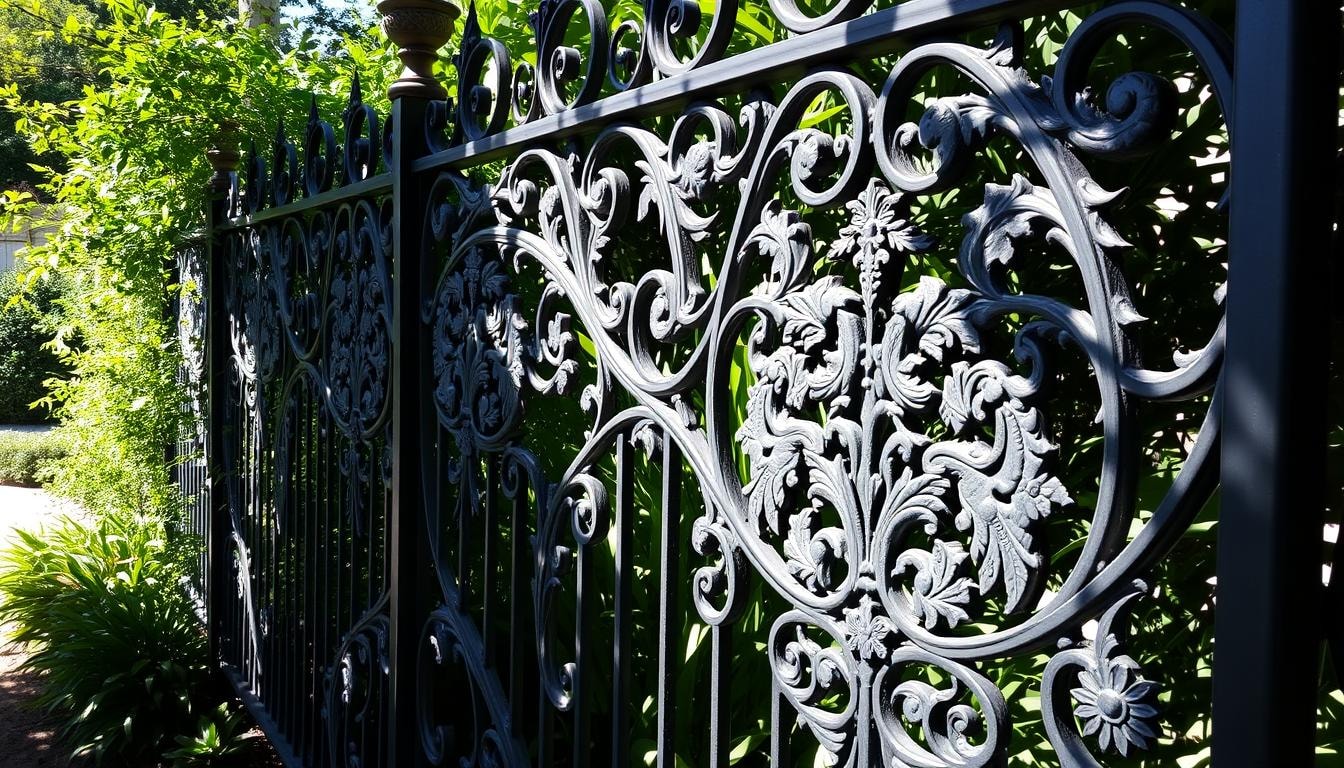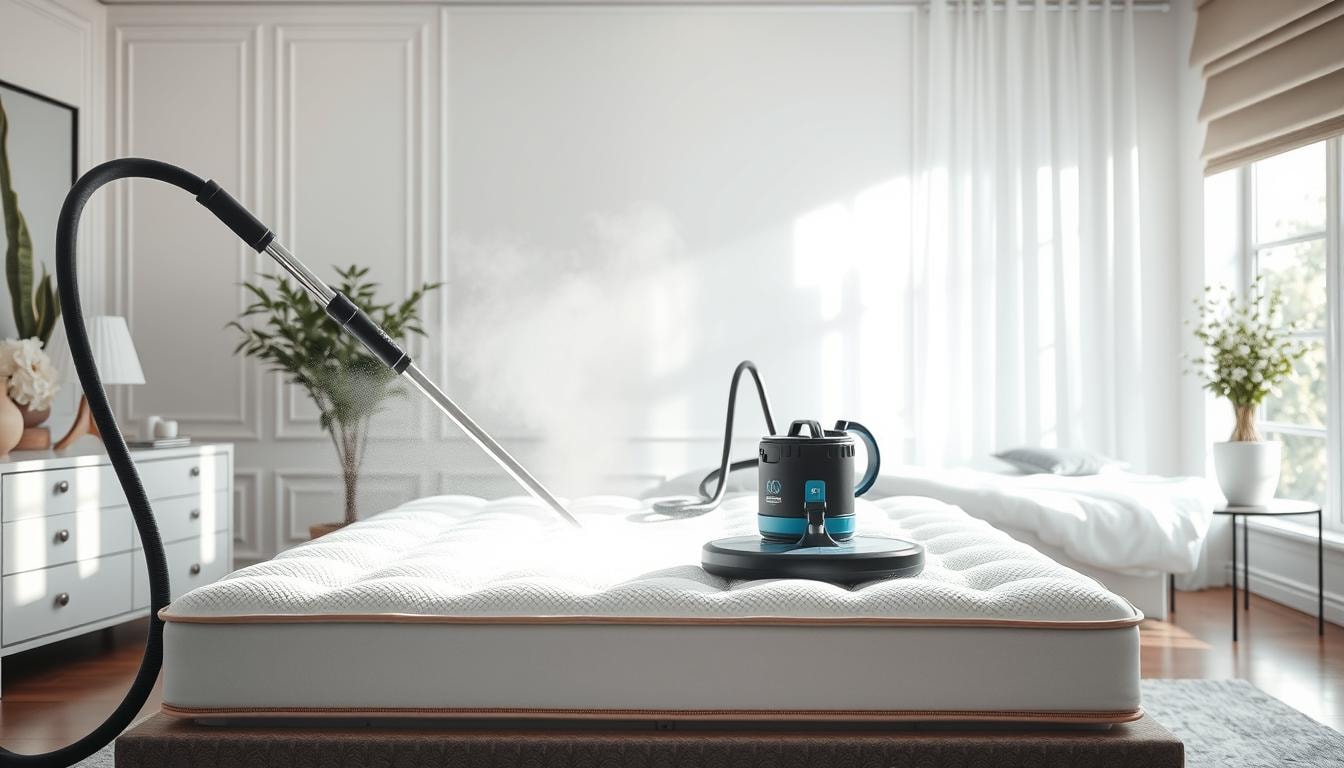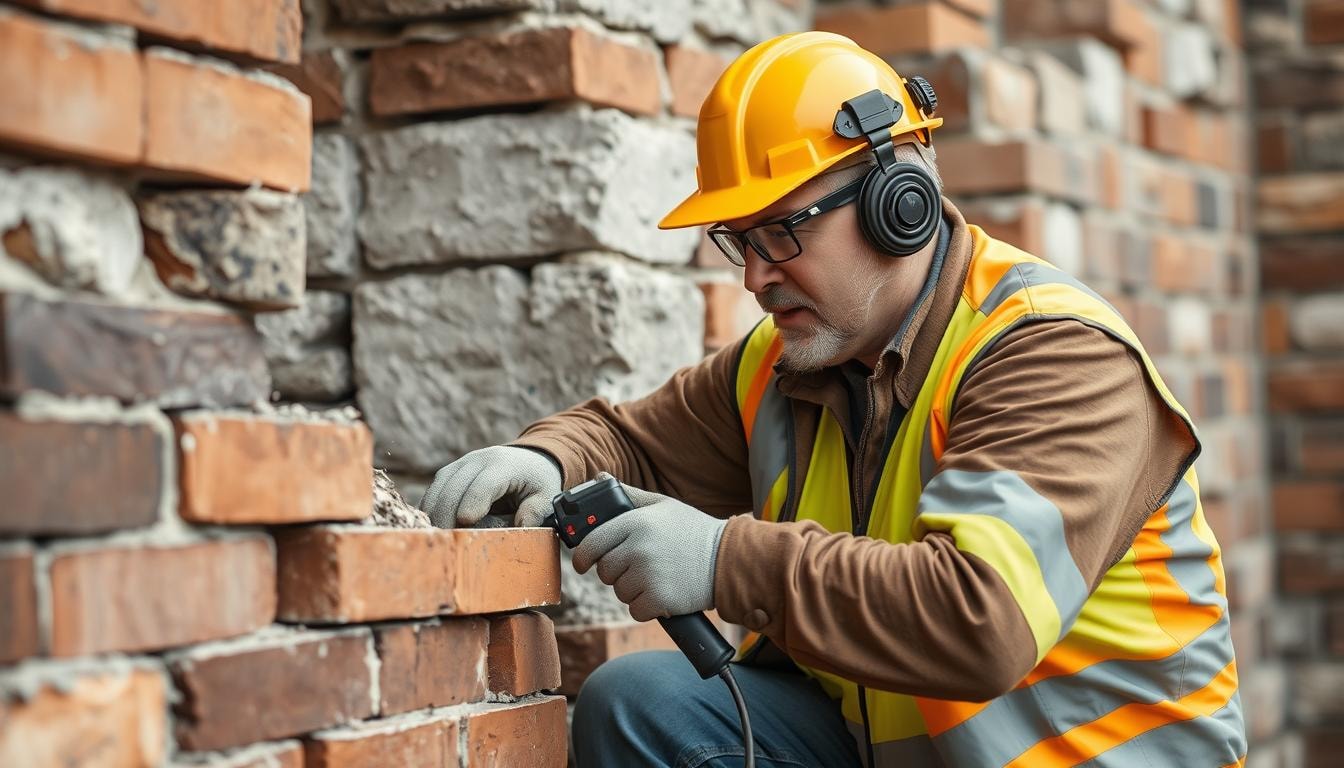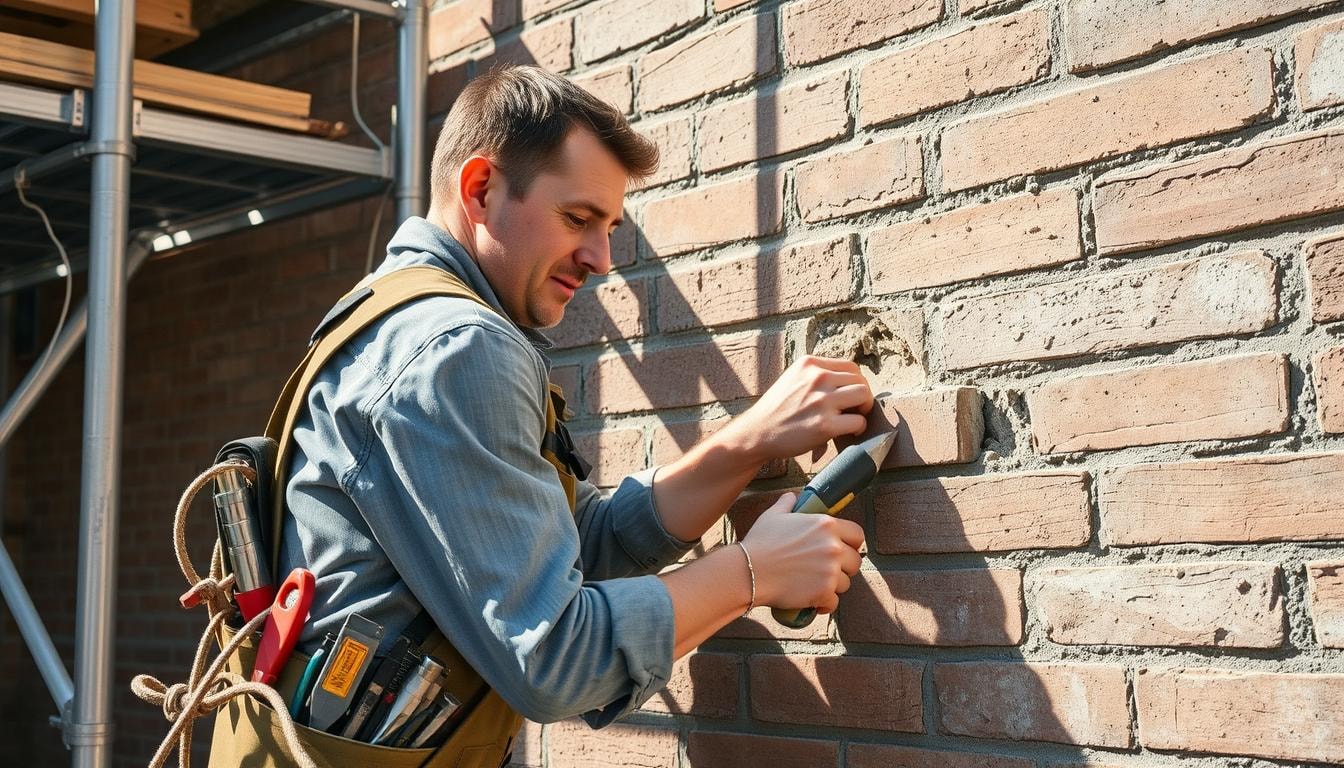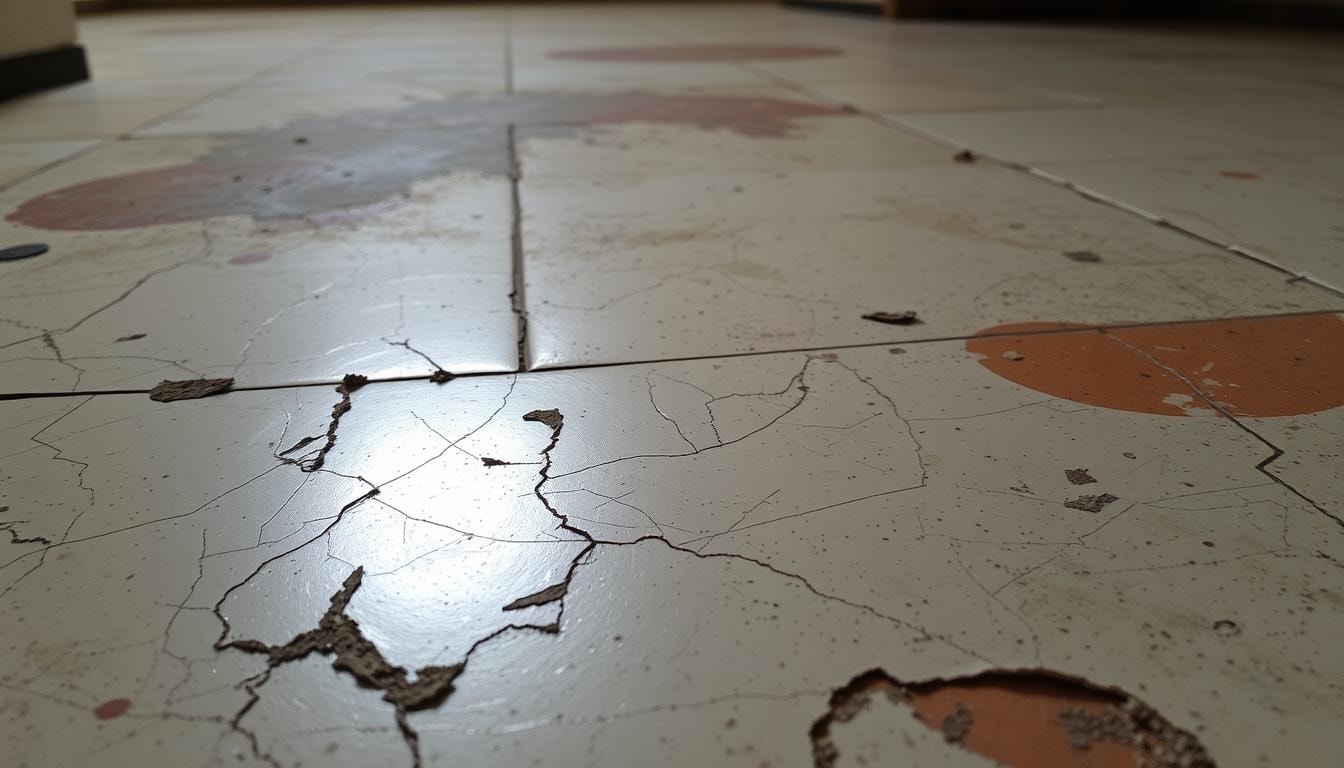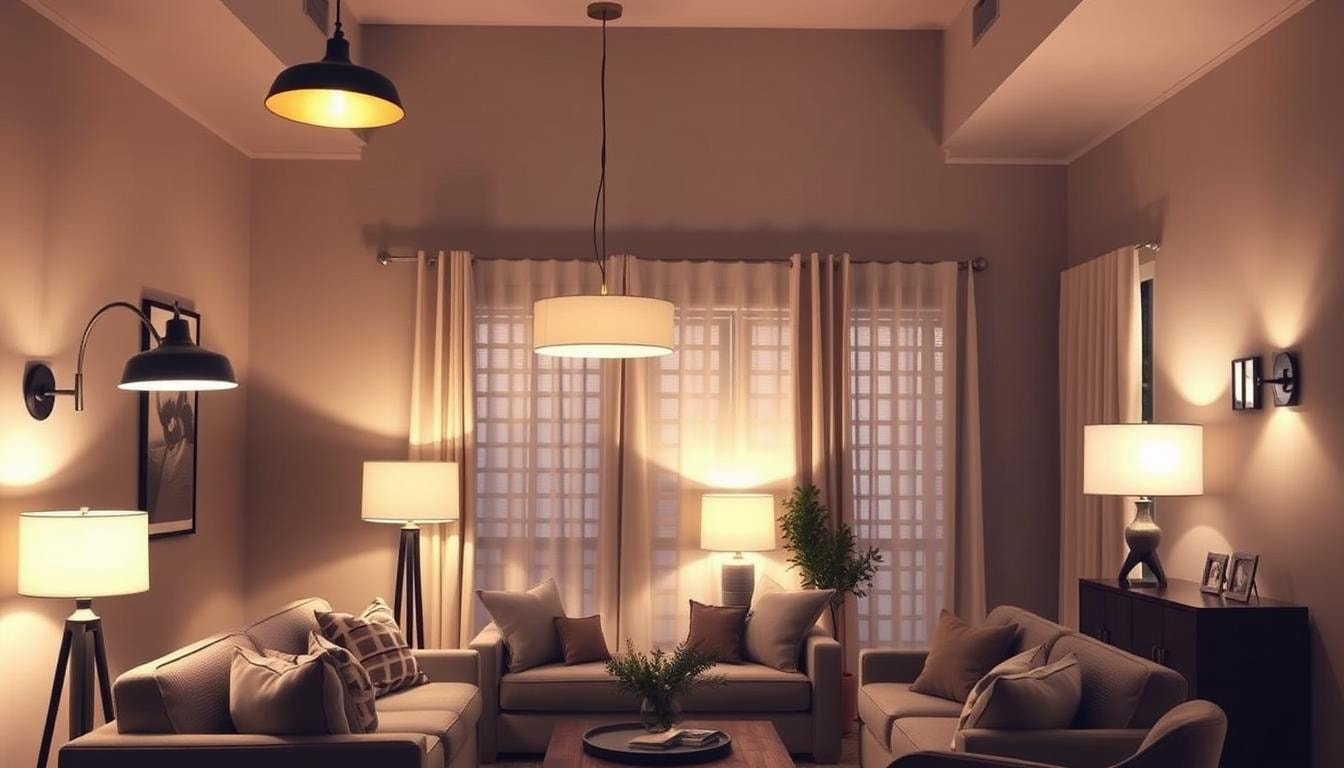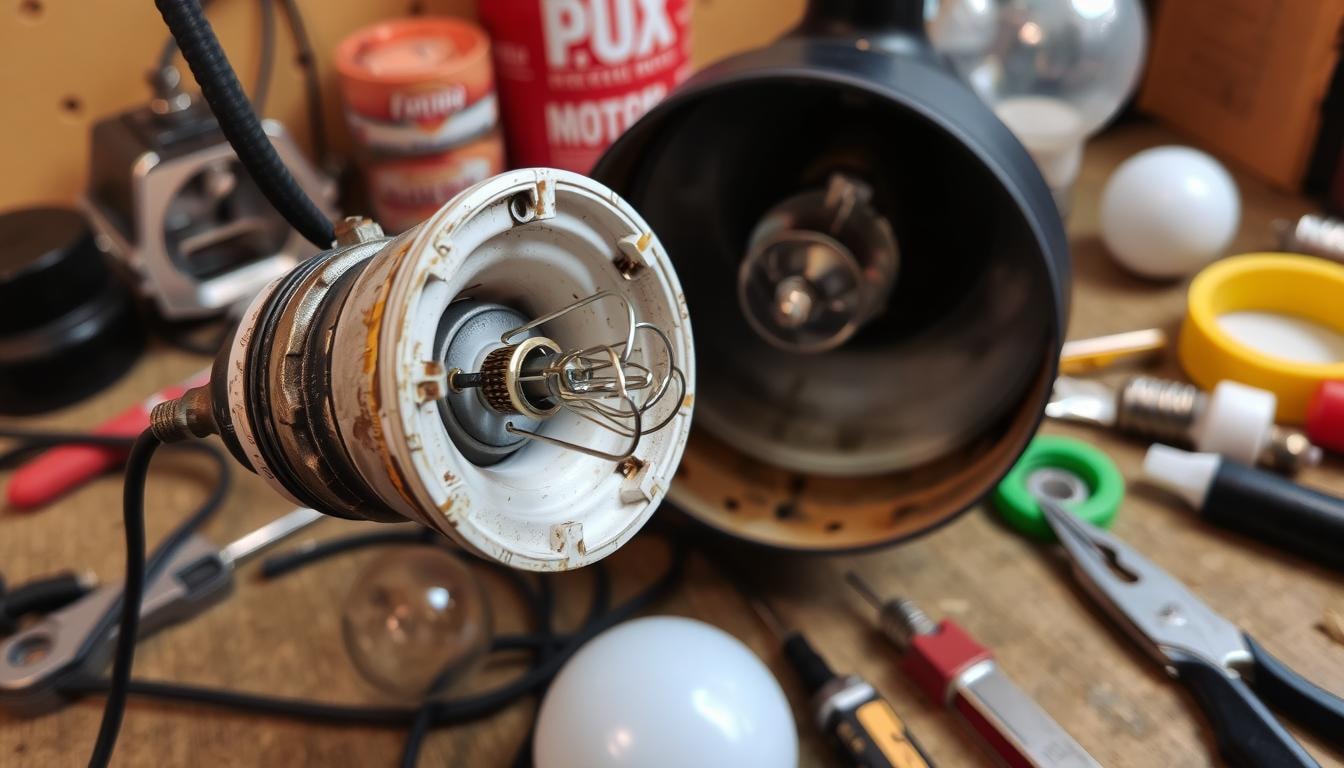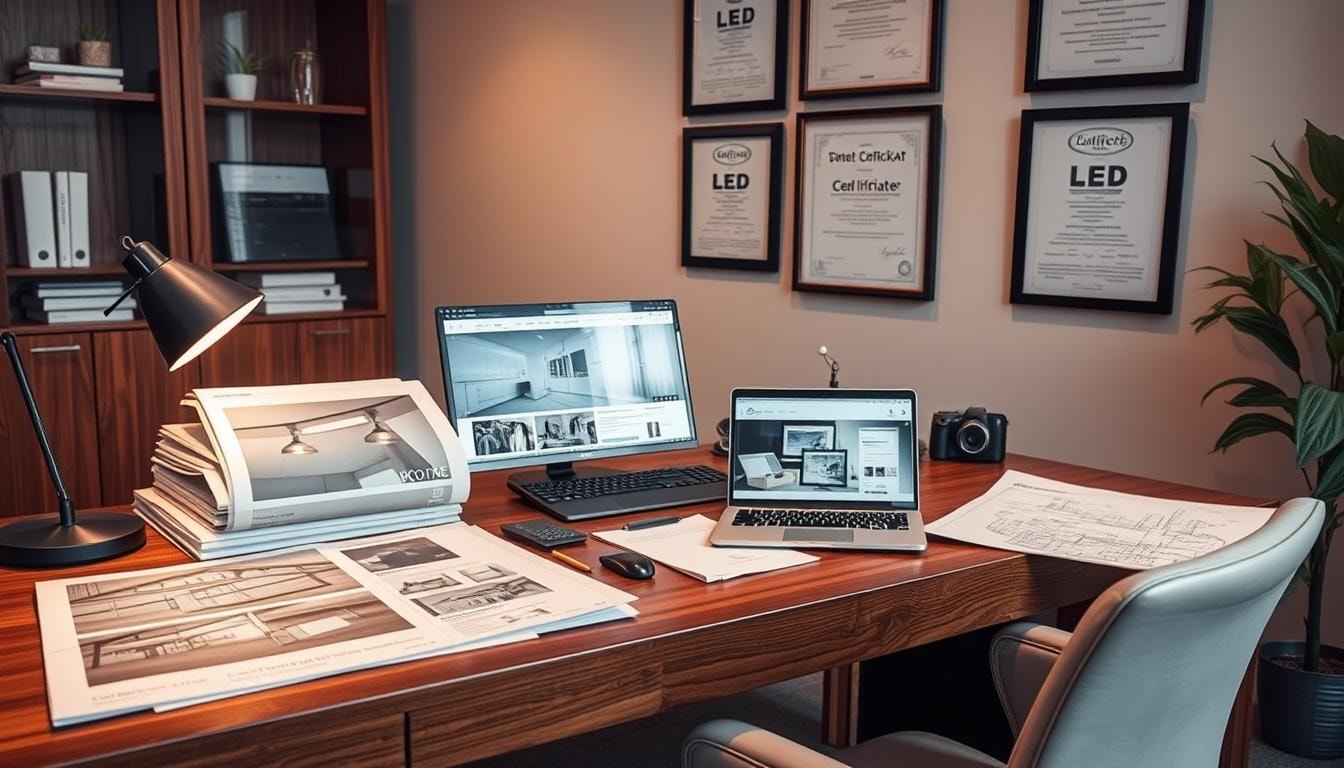Metal Siding Installation Near You
Can’t find what you are looking for?
How It Works
-
Answer a few questions about your home project.
-
Within seconds, get matched with top-rated local pros.
-
Compare quotes and choose the best pro for the job.
Metal Siding Installation In Your Area
Metal Siding Installation: A Guide to Choosing the Right Contractor
Meta Description: Discover the essentials of Metal Siding Installation and learn how to choose the right contractor for your project. Enhance your home’s durability and aesthetics today.
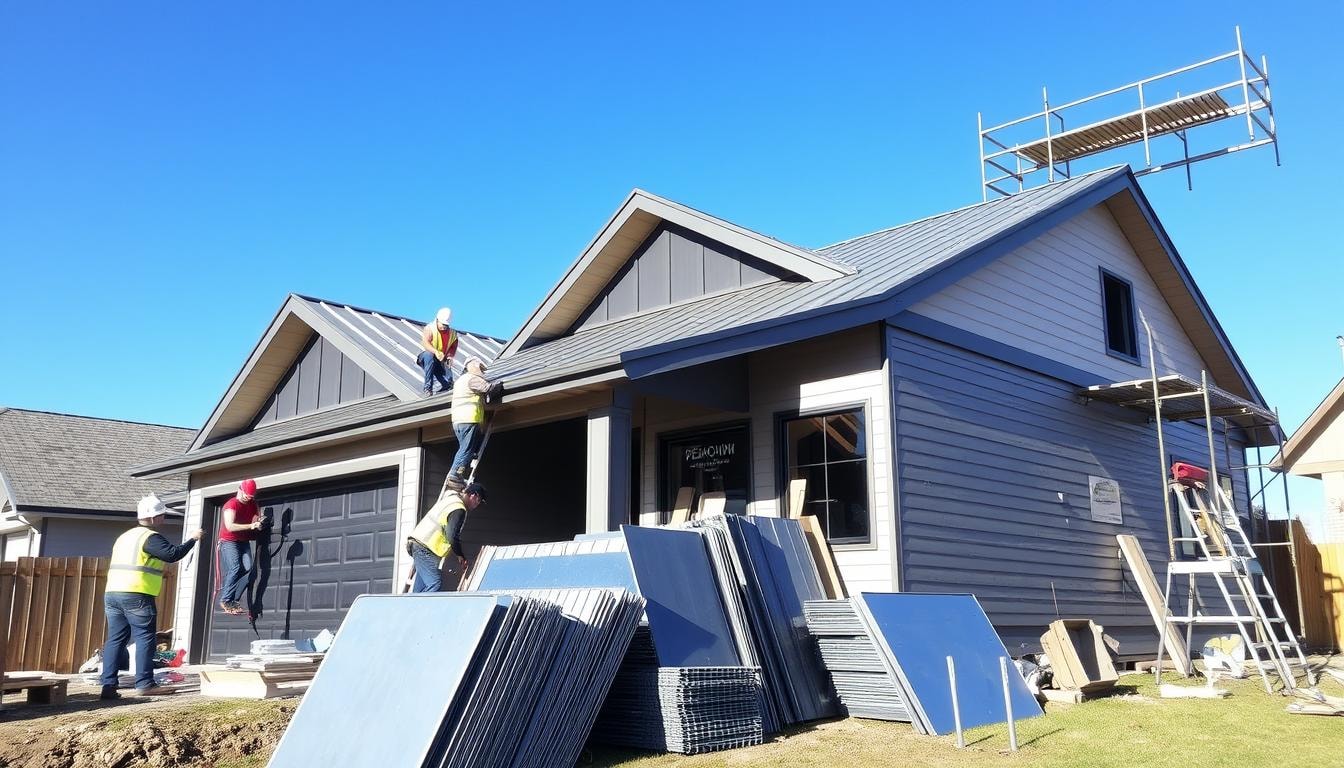
Metal siding is becoming a popular choice for homeowners. It offers both durability and great looks. Finding the right contractor is key to a successful installation.
This guide will help you pick the perfect metal siding pro. We’ll show you how to find someone skilled and experienced for your project.
Key Takeaways
-
01
Metal siding installation is on the rise, offering homeowners enhanced durability and visual appeal.
-
02
Steel siding is an environmentally friendly option that is highly resistant to weather and damage.
-
03
Upfront costs for metal siding can be higher, but it requires minimal maintenance over its long lifespan.
-
04
Proper installation and maintenance are crucial to prevent issues like rust and dents.
-
05
Researching and vetting potential contractors is essential to ensure a smooth and successful metal siding project.
Understanding the Different Types of Siding Materials
Choosing the right siding for your home involves several options. Your decision depends on preferences, budget, and property needs. Let’s explore popular siding materials to help you decide.
Wood Siding: Pros and Cons
Wood siding offers a timeless, natural look. Installation costs range from $7,000 to $23,000, depending on type and arrangement. It can last 20 to 40 years with regular maintenance.
However, wood siding needs more upkeep. This prevents rot, warping, and pest infestations.
Metal Siding: Durability and Affordability
Metal siding, like aluminum or steel, is exceptionally durable. It resists harsh weather and needs almost no maintenance after installation. Metal siding doesn’t warp, rot, or attract pests.
This cost-effective option appeals to many homeowners.
Vinyl Siding: A Low-Maintenance Option
Vinyl siding is popular due to its affordability and low upkeep. For a 2,000 square foot home, installation costs $6,150 to $15,900. It lasts 10 to 15 years, depending on climate.
Fiber Cement Siding: A New Sustainable Choice
Fiber cement siding is a durable, fire-resistant option gaining popularity. It can mimic wood or masonry looks. However, installation costs are higher due to labor requirements.
Understanding each material’s benefits helps you make an informed choice. The right siding enhances your home’s curb appeal and long-term value.
Factors Affecting the Cost of Metal Siding Installation

Metal siding installation costs vary based on several factors. Material choice, labor, and installation requirements all play a role. Understanding these elements helps homeowners plan their budget more effectively.
The Impact of Material Choice
Metal siding material significantly influences project costs. Installed metal siding panels typically range from $7 to $17 per square foot. Aluminum panels cost about 35% more than steel ones.
Zinc and copper siding can be 4 to 5 times pricier than steel. Paint finishes add 15-35% to the cost. PVDF finishes are more expensive than SMP finishes.
Labor and Installation Costs
Labor costs for metal siding installation average $3 to $7 per square foot. Fastener type, job size, and installation complexity affect these costs. Concealed fasteners cost more than exposed ones.
Trim costs, ranging from $1.00 to $5.00 per linear foot, should be included. These factors help homeowners prepare accurate budgets for their projects.
This knowledge enables informed discussions with contractors. It ensures a successful, cost-effective metal siding installation that meets homeowners’ needs and budgets.
The Importance of Referrals and References
Friends, family, and neighbors can offer valuable insights about siding contractors. These referrals provide firsthand information on work quality and customer service. Such recommendations help homeowners find reliable contractors in their area.
Seeking Recommendations from Friends and Family
Hearing about positive experiences with siding contractors gives homeowners a good starting point. Customer reviews reveal how contractors handle timelines and address issues during installation. These siding contractor referrals help homeowners make informed decisions with confidence.
Requesting References from the Contractor
Homeowners should ask potential siding contractors for contractor references. Reputable contractors can show past work and provide a list of satisfied customers. These references help evaluate workmanship, communication, and overall customer satisfaction.
Researching and Vetting Potential Contractors
Researching and vetting contractors is crucial for metal siding installation. Check local vendors to understand siding materials and services. This helps identify contractors who specialize in your preferred siding type.
Checking Local Vendors and Their Offerings
Contact local siding vendors about their products and installation services. Ask about metal siding types, installation processes, and warranties. This information will help you find qualified contractors in your area.
Exploring Online Reviews and Ratings
Research online reviews for potential contractors. Check Yelp, Google, and the Better Business Bureau for their reputation. Look for overall sentiment and recurring issues in customer feedback.
Verifying Licenses and Credentials
Ensure contractors have proper licenses and qualifications. Verify they have necessary licenses for your state or local area. Ask for proof of credentials and specialized training in metal siding installation.
Thorough research helps you choose a contractor confidently. This ensures a successful metal siding installation project for your home.
Conducting In-Person Interviews
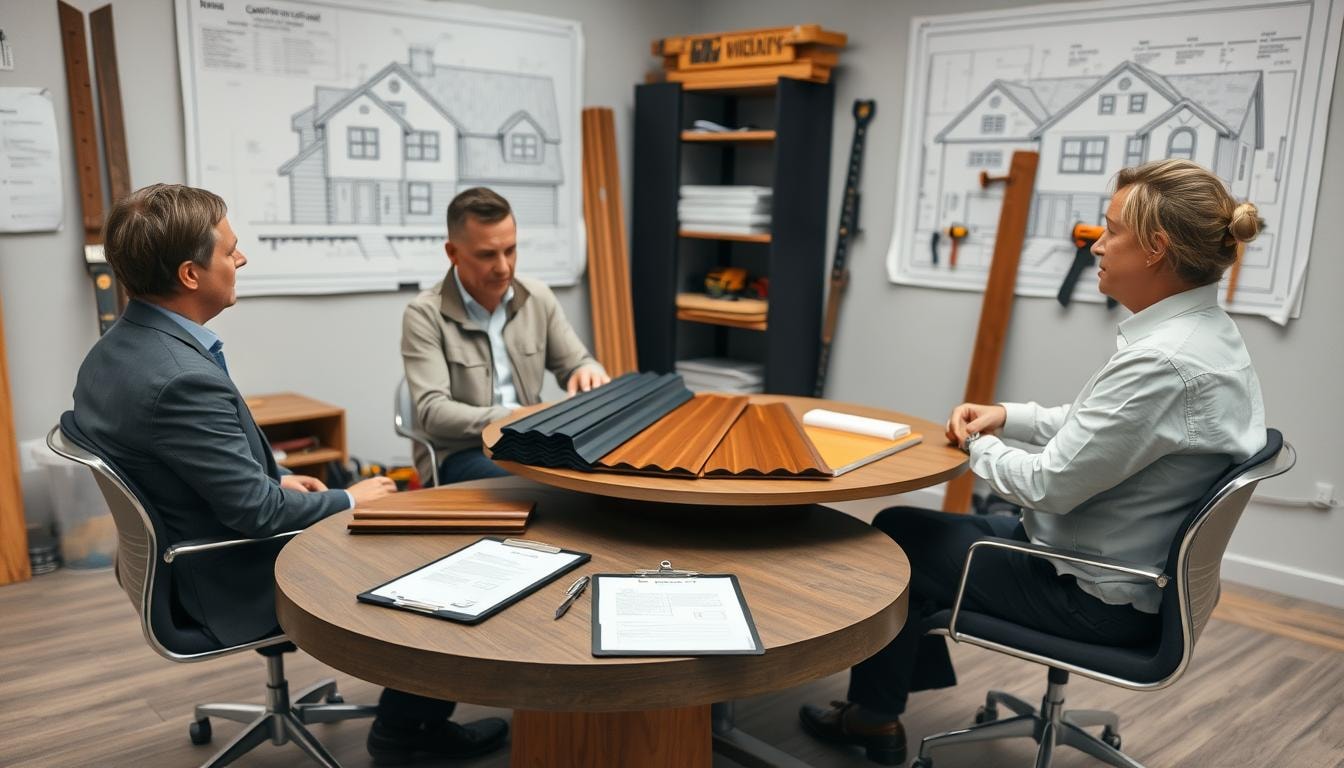
Face-to-face interviews are vital when hiring a metal siding contractor. They help you assess communication skills and professionalism. Prepare thoughtful questions to gain insights into their expertise and project approach.
These meetings let you evaluate how well the contractor fits your specific needs. You can also address any concerns you may have about the project.
Preparing a List of Questions to Ask
Create a detailed list of interview questions to make an informed decision. Focus on key areas to get valuable information.
- The contractor’s experience and qualifications in metal siding installation
- Their approach to project planning, communication, and customer service
- The specific materials and techniques they plan to use for your siding project
- Their ability to provide a detailed timeline and stay on schedule
- Their commitment to safety protocols and job site cleanliness
- Their warranty coverage and customer satisfaction guarantee
Ask thoughtful questions and listen carefully to the contractor’s responses. This will help you gauge their professionalism and attention to detail.
Use the interview to ensure the contractor shares your project vision. Prepare thoroughly and ask follow-up questions to clarify any uncertainties.
Don’t hesitate to address any concerns you have about the siding project. This is your chance to find the right fit for your needs.
Understanding Insurance Requirements
Homeowners must be aware of siding contractor insurance. Protecting your home is crucial. Understanding general liability and workers’ compensation insurance is important.
The Importance of General Liability Insurance
General liability insurance is essential for reputable siding contractors. It protects homeowners from potential liabilities during siding installation or replacement. This insurance ensures contractors are financially responsible for accidents or property damage.
The Role of Workers’ Compensation Insurance
Siding contractors should also have workers’ compensation insurance. It protects employees and homeowners from liability for work-related injuries. This coverage provides peace of mind and reduces risks throughout the project.
Choosing a contractor with proper insurance is vital for homeowner protection. It also ensures contractor safety and project success. Understanding these requirements helps you make smart decisions.
Reviewing and Understanding the Contract
The siding contractor contract is crucial for installation or replacement projects. It needs careful review to protect your interests. This document outlines the project’s scope and terms.
The contract should detail the siding materials, installation timeline, and warranties. Contract clauses cover project responsibilities, payment schedules, and potential liabilities. These elements require close attention.
- Understand the contract terms, such as the down payment requirement, expected payment schedule, and any financing options available.
- Verify the contractor’s insurance coverage, including general liability and workers’ compensation, to protect yourself from potential risks.
- Review the material warranties and any lifetime workmanship guarantees offered by the contractor, ensuring your investment is well-protected.
A thorough review ensures the project meets your expectations. It helps you make an informed decision. This diligence can prevent surprises and potential issues later on.
Comparing Quotes and Checking References
Metal siding installation requires careful comparison of contractor quotes. The lowest quote may not always be the best option. Homeowners should look at the details of each proposal.
A cost-benefit analysis helps you get the most value. Consider material quality, labor costs, and contractor experience. Research potential contractors to learn about their reliability and workmanship.
Ask for references from the contractor’s past clients. Contact these people to understand the contractor’s professionalism and attention to detail. This process helps you make an informed decision.
Comparing quotes and checking references helps you choose the right professional. This approach ensures a high-quality project that meets your expectations and budget.
Need Help Hiring the Right Metal Siding Pro? Let FindPros Assist You
Are you looking to install steel siding or a metal roof on your home? FindPros can connect you with top-rated local professionals who specialize in these projects. Simply answer a few quick questions about your needs, and we’ll provide you with multiple quotes from qualified pros in your area.
Compare the pricing and services to find the perfect match for your metal siding or roofing installation. GetFindPros to handle the legwork, so you can focus on transforming your home with the durability and style of metal. No matter if you need help with partial panels, installing j-channel, or handling tricky corners and edges, our network of experienced contractors has you covered.
Conclusion
Choosing the right contractor is crucial for a successful metal siding project. Homeowners should understand siding options and evaluate contractors carefully. This ensures the project meets expectations and enhances the home’s value and appeal.
Metal siding outperforms traditional materials in durability and versatility. Professional metal siding installation experts are essential for this heavy-duty task. Their specialized knowledge ensures proper installation.
Research contractors thoroughly and check their credentials. Review contracts carefully and get multiple quotes. This process helps homeowners select a qualified and trustworthy siding contractor.
With proper guidance, homeowners can transform their homes with exceptional metal siding. This home improvement option offers long-lasting benefits. Follow this siding installation guide for the best results.
Frequently Asked Questions (Metal Siding Installation)
MOST POPULAR CITIES
Browse by State- Alameda
- Costa Mesa
- Laguna Beach
- Orange
- Alhambra
- Culver City
- Lancaster
- Oroville
- Anaheim
- Daly City
- Livermore
- Oxnard
- Antioch
- Davis
- Lodi
- Pacific Grove
- Arcadia
- Downey
- Lompoc
- Palm Springs
- Bakersfield
- El Centro
- Long Beach
- Palmdale
- Barstow
- El Cerrito
- Los Angeles
- Palo Alto
- Belmont
- El Monte
- Malibu
- Pasadena
- Berkeley
- Escondido
- Martinez
- Petaluma
- Beverly Hills
- Eureka
- Marysville
- Pomona
- Brea
- Fairfield
- Menlo Park
- Port Hueneme
- Buena Park
- Fontana
- Merced
- Rancho Cucamonga
- Burbank
- Fremont
- Modesto
- Red Bluff
- Calexico
- Fresno
- Monterey
- Redding
- Calistoga
- Fullerton
- Mountain View
- Redlands
- Carlsbad
- Garden Grove
- Napa
- Redondo Beach
- Carmel
- Glendale
- Needles
- Redwood City
- Chico
- Hayward
- Newport Beach
- Richmond
- Chula Vista
- Hollywood
- Norwalk
- Riverside
- Claremont
- Huntington Beach
- Novato
- Roseville
- Compton
- Indio
- Oakland
- Sacramento
- Concord
- Inglewood
- Oceanside
- Salinas
- Corona
- Irvine
- Ojai
- San Bernardino
- Coronado
- La Habra
- Ontario
- San Clemente




